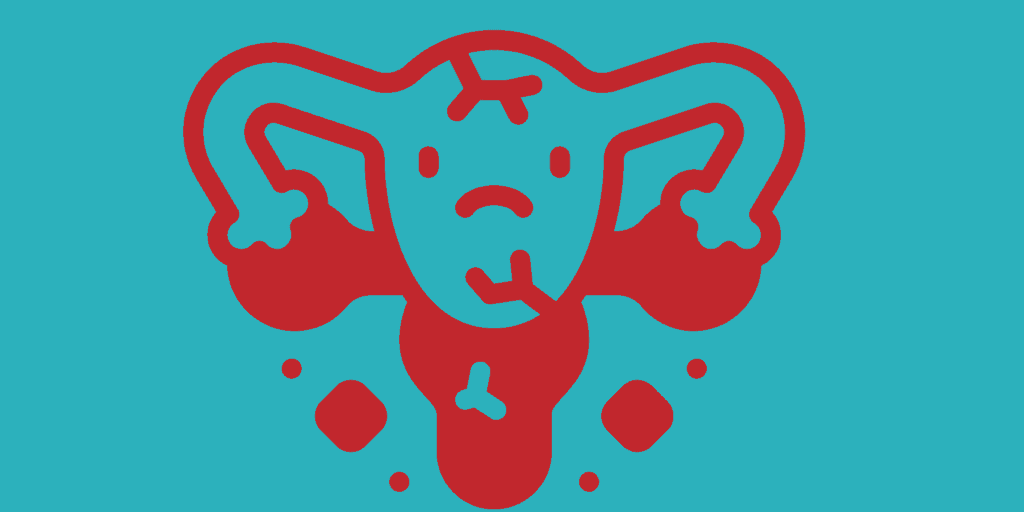A yeast infection can occur in a vagina and cause sensitivity to light and dry vaginal tissue. Vaginal yeast infections can affect as many as three out of four women in a lifetime. Usually, women have two episodes.
A vaginal yeast infection is not classified as a sexual transmitted infection. But the risk for vagina bacterial infection increases when a woman starts to sexually act regularly first. Some studies have found bacterial ovaries can cause oral infections through sexual contact (oral-genital sex). Treatment of vaginal yeast infections is effective.
Causes
Vaginal yeast infections are caused by a type of fungus called Candida albicans. This fungus is found naturally in the vagina in small amounts and is normally kept in check by the body’s healthy bacteria. However, certain conditions can cause an overgrowth of Candida, resulting in a yeast infection.
Some common causes of vaginal yeast infections include:
Antibiotics: Taking antibiotics can upset the balance of bacteria in the vagina, allowing yeast to overgrow.
Diabetes: Having high blood sugar levels due to diabetes can cause yeast to grow more than normal.
Uncontrolled stress: Stress can have a negative effect on your immune system, making it harder for your body to keep yeast in check.
Hormonal changes: Hormonal shifts that occur with pregnancy, use of birth control pills, or during menopause can also contribute to the growth of yeast.
Douching: This practice can disrupt the balance of bacteria in the vagina, allowing yeast to overgrow.
Weakened immune system: People with weakened immune systems, such as those with HIV/AIDS or certain cancers, are more likely to develop yeast infections.
Tight clothing: Wearing tight-fitting clothing, particularly underwear made from synthetic materials, can trap moisture and increase the risk of yeast overgrowth.
Symptoms of vaginal yeast infections
Illness is one of the symptoms of yeast infection, although it may also affect other symptoms. If you suspect a yeast infection, contact your physician before treatment.
Typically vaginal yeast infections cause symptoms of other, serious diseases such as infections of sexual transmission and bacterial vaginosis (bacterial infection of vagina). The diagnosis and treatment are crucial for success.

How is vaginal yeast infection treated?
Infections of yeast can sometimes be treated medications include: miconazole (Monistat), clotrimazole (Gyne-Lotrimin), terconazole (Terazol), and butoconazole (Femstat).Generally, medications used to treat vaginal yeast infections include antifungal creams, ointments, tablets, and suppositories.
Creams, ointments, and suppositories are the most common form of treatment for vaginal yeast infections. These medications are available over-the-counter or can be prescribed by your doctor. Most commonly, a single dose of an antifungal medication is enough to treat the infection
Home Remedies
When it comes to treating vaginal yeast infections, there are a variety of home remedies that can help. Some of these include:
Yogurt: Applying plain yogurt directly to the affected area can help reduce itching and irritation.
Apple cider vinegar: Mixing apple cider vinegar with water and applying to the affected area can reduce inflammation and itching.
Garlic: Eating garlic or applying it to the affected area may help fight the infection.
Boric acid: A boric acid suppository can be inserted into the vagina to help fight off the infection.
Tea tree oil: Applying tea tree oil to the affected area may help fight the infection and reduce symptoms.
These home remedies are generally safe but should not be used for extended periods of time without consulting a doctor. Always talk to your doctor before trying any home remedy for a yeast infection.
Prevention
The best way to prevent a yeast infection is by practicing good hygiene and paying attention to some tips to maintain a healthy balance of fungal and bacterial flora in the vagina.
This includes washing the area with mild soap and water, using gentle clothes detergents (avoiding anything scented), changing out of wet swimsuits quickly (wearing underwear with fabric that can absorb moisture)and hot workouts clothes immediately after they start feeling uncomfortable (making sure they aren’t constrictive).
Another precaution would be avoiding tight-fitting garments–they increase the risk of yeast infection. Drinking yogurt or taking probiotics may help bolster the immune system while reducing sugar intake is known to inhibit the overgrowth of candida colonies when balanced correctly–thus lowering chances of acquiring yeast infections altogether.
Why do I keep getting yeast infections every month?
This can be caused by a variety of factors such as antibiotics, hormones, diabetes, a weakened immune system, an imbalance of good and bad bacteria in the vagina, poor hygiene, sexual activity with someone who has a yeast infection, etc.
It is important to address why you keep getting vaginal yeast infection in order to prevent further occurrences and provide relief from the symptoms. To do this, it is recommended to get tested for any underlying conditions such as diabetes, HIV, or other STDs that can weaken your immune system.
You should also discuss any medications you are taking and their potential side effects with your doctor. Keeping the vaginal area clean and dry can help to reduce moisture that encourages yeast growth, while wearing loose-fitting clothing and avoiding douches and harsh soaps can also help. Finally, practicing safe sex and avoiding sexual partners with active yeast infections can help reduce the risk of reinfection.
